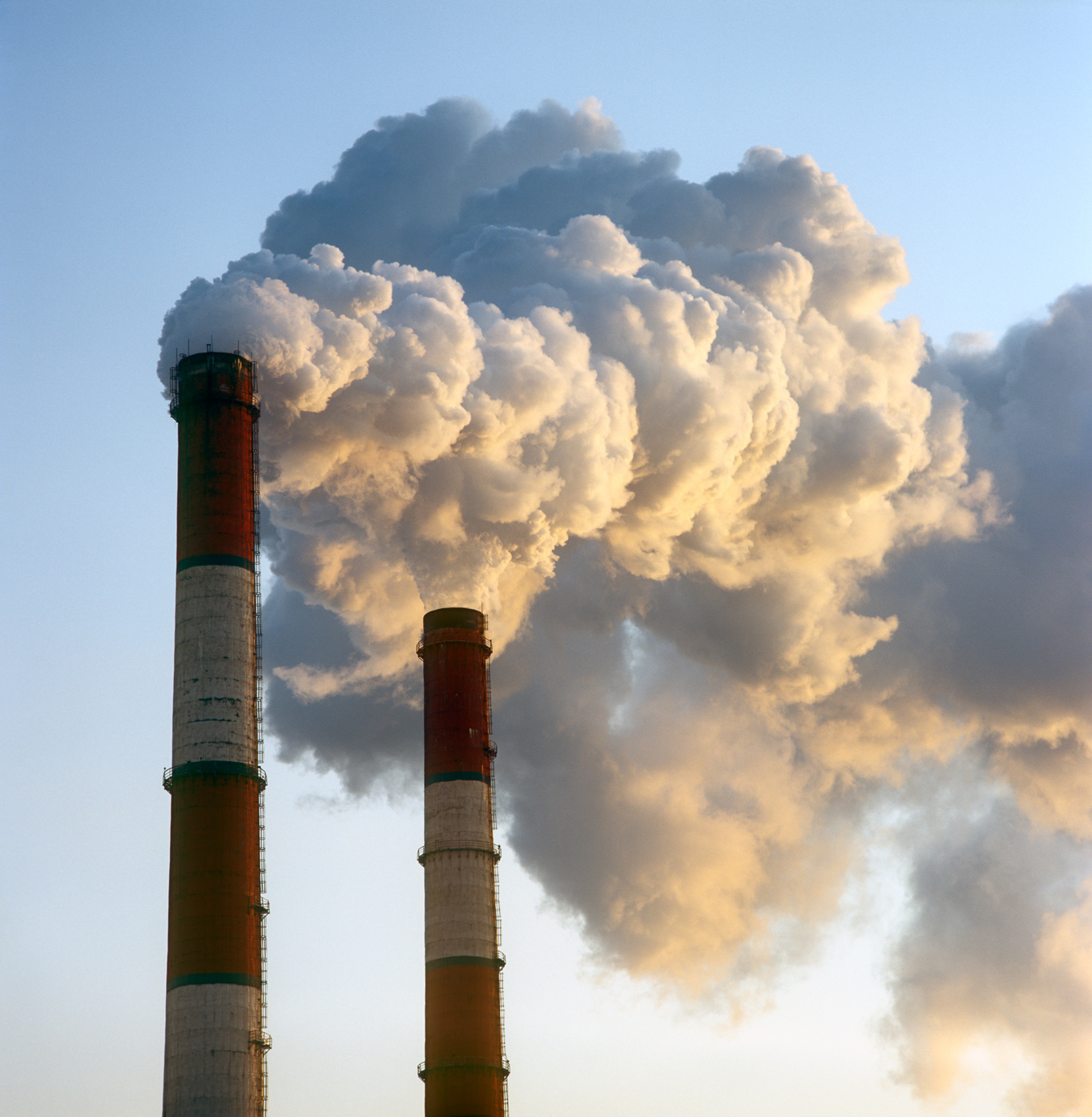Ontario Offers Public First Look at Cap and Trade Program Design Options

On Monday, the Ontario MOECC posted the Cap and Trade Program Design Options to the Environmental Registry. The province is seeking public comment on the options under consideration for Ontario's GHG cap and trade program, including on the timing, scope of the program, setting the caps on GHG emissions, allowance distribution, price stability mechanisms, market design features, compliance requirements, flexibility mechanisms and enforcement. Feedback from the public and stakeholder consultations will inform the development of the final program.
The proposal covers a broad range of sectors, including:
- Electricity generation in Ontario and imported for consumption in Ontario;
- Industrial and large commercial operators in manufacturing, base metal processing, steel, pulp and paper and food processing;
- Institutions;
- Transportation fuel, including propane and fuel oil; and
- Distribution of natural gas (e.g. heating fuel).
The proposal provides that the entities would be responsible for their emissions as of January 1, 2017. The first auction of emission allowances would be held in March 2017. Ontario's program would be linked with existing cap and trade programs in Quebec and California.
Ontario has set a goal to reduce GHG pollution by 15% below 1990 levels by 2020. Earlier this year, the government announced a target for 2030 - reduction of GHG to 80% below 1990 levels. A 2017 start date means that the cap will need to decline by approximately 3.7% per year to achieve the 2020 targets.
In an effort to balance the goal of reducing GHG emissions with fostering growth and maintaining a level playing field with existing facilities, new industrial and institutional facilities that begin operation on January 1, 2016 or later and have annual emissions equal to or greater than 25,000 tonnes would have their compliance obligations start in their third year of operations.
The province has identified certain sectors as emissions intensive and trade exposed. These sectors may experience "carbon leakage" impacts. Carbon leakage describes the shift of production to a jurisdiction with a less stringent carbon pricing policy. The proposal contemplates distributing a portion of the emissions allowances free of charge to large emitters involved in the production of trade goods which are vulnerable to carbon leakage. Emissions attributable to electricity generation would not be eligible for the free allowances. The remainder of the emission allowances would be sold at auction.
The proposal outlines enforcement mechanisms and penalties. For example, where an entity's emissions exceed their allowances and/or offset credits, that entity would be subject to a three-to-one compliance penalty. The entity would be required to provide three additional allowances for each allowance short, plus the allowance originally required. The province states that it intends to develop rules around administrative monetary penalties that would apply under both the cap and trade regulation, as well as the emissions reporting regulation.
The MOECC is accepting public comments via the Environmental Registry until December 16, 2015.
